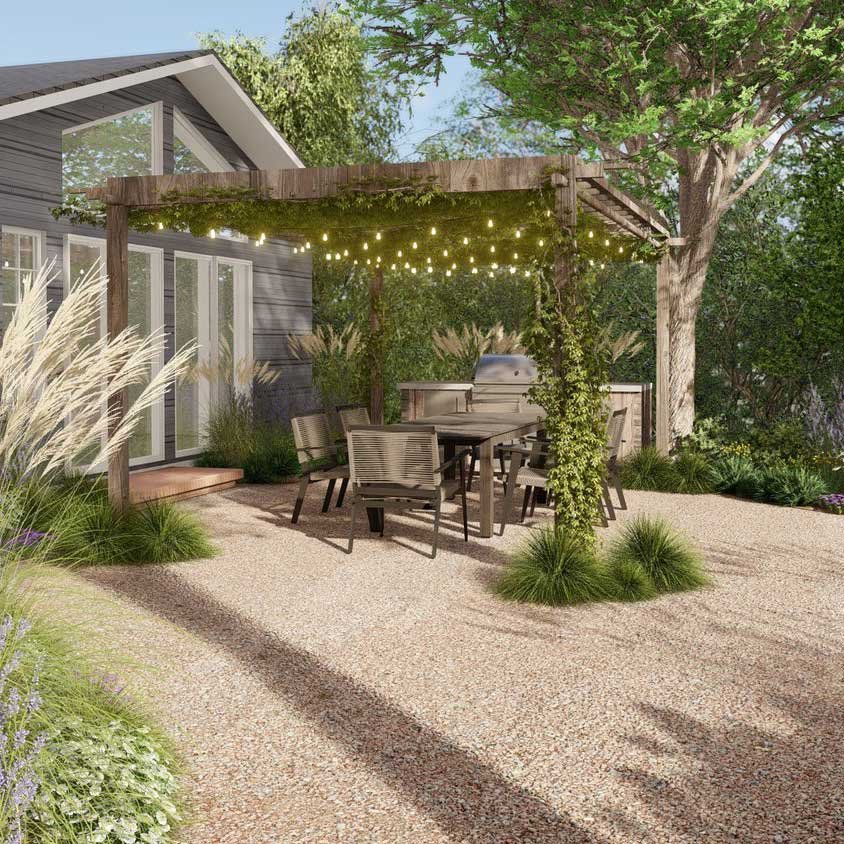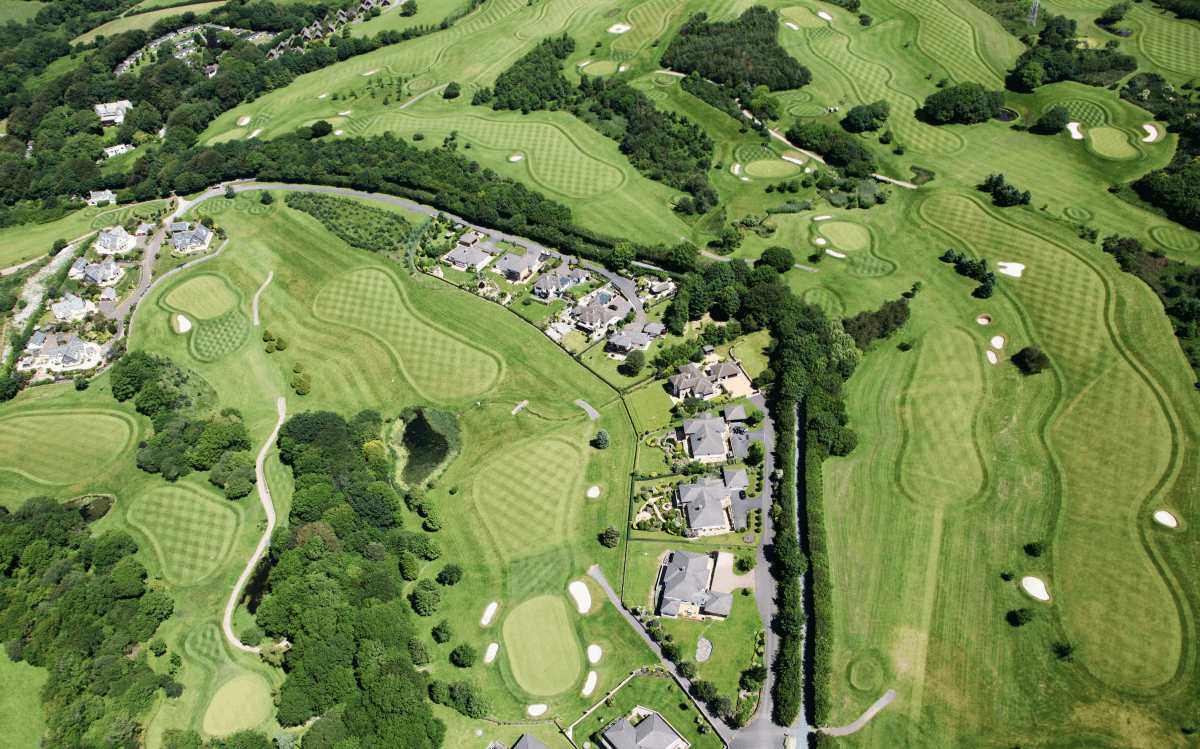The Basic Principles Of Landscapers
The Basic Principles Of Landscapers
Blog Article
Unknown Facts About Landscapers
Table of ContentsFacts About Landscapers UncoveredWhat Does Landscapers Do?The 3-Minute Rule for LandscapersWhat Does Landscapers Mean?Landscapers for DummiesLandscapers - Questions
- A yard function where water is represented by an aggregate rock item, normally a gravel or granite. These are most typically located in modern and Japanese garden design.- A rock or natural flagstone patio, path, or pathway built without a concrete base. The base would certainly be compacted crushed rock and the joints would certainly be an accumulation or walkable ground cover. - A rock maintaining or complimentary standing wall built without using mortar. An extremely skilled mason is required for a completely dry stack stone wall. A lot of walls in Portland are not completely dry piled, also if they seem. - A below ground framework that collect water and allows it to slow percolate into the soil around it.
Landscape style that is compatible with a websites' atmosphere in both appearance and sustainability without negative influences to the setting. Edging in the landscape is a line of demarcation that creates aesthetic rate of interest in the garden by dividing one section from another segment.
Areas can additionally have a sensation of "enclosure" given by trees, other plantings, fences, or screens. The landscape near the entry to a building.
The smart Trick of Landscapers That Nobody is Talking About

The component in a landscape layout or location in a landscape that is meant to be most popular. The centerpiece can be a plant, rock, sculpture, collecting area, or other landscape function. A style of gardens or garden elements that stress straight lines, best angles and circles. Bushes or shrubs located in beds near the foundation of a home or other framework.

The Only Guide to Landscapers
Rock item, either rounded or fractured, that is relatively little- usually 1" or less. Reduced plants that are permitted or motivated to top an area. Can describe any kind of "difficult" garden elements consisting of statuary or rocks but a lot of commonly is utilized to describe courses, patios, and walls.: important link Elevation distinction between the level of water in a fish pond (or the degree of the pump if it rests outside the pond) and the top outlet of water which affects efficiency of the water pump in gph (gallons per hour). Thick shrubs or trees that form a fencing, display, or boundary.
Fence boards that run horizontally, commonly made use of in modern or Japanese-inspired landscape styles. Appropriate usage of fictional lines can help the landscape really feel linked to the home and various other components.
A more kicked back garden controlled by bent rather than straight bed lines and a much less stiff framework. Typical try this PNW landscapes are informal. A plant that spreads out greater than desired, or right into environments where it does damage. Portland has a listing of invasive plants that should not be mounted in landscapes since they can spread to woodlands or waterways and be hard to control.
More About Landscapers
Can consist of head positionings and insurance coverage, pipe sizing, GPM specifications, and materials required to mount this system. Accredited specialist that creates landscapes, educated in engineering and style as well as in cultivation.
The specialist who intends and establishes landscape projects, visit this page usually at a residential or tiny business level with the significant design incentive on growings. Landscape developers normally have much less education than Landscape Architects and are not accredited. A finished landscape style, describing all elements for the brand-new landscape. This normally takes the kind of an illustration theoretically.
Using lots of growings of the exact same variety to load in a location in the landscape. This can decrease upkeep and water usage in the yard.
A layer of garden compost or bark dust applied at the base of a plant. A plant that was present in a geographical place before individuals began transforming the landscape.
Our Landscapers Statements
Just how the yard or a yard element is prepared in relationship to an existing or new attribute or to a direction. Turfs that are not cut however grown in landscapes as perennials.

Plants that provide seasonal interest and then pass away back in the winter season. Cold period turf that is the most typical turf lawn in Rose city, OR and the rest of the PNW.An open roofed structure over an outdoor patio or other landscape feature.
Lava accumulated varying in dimension from 1/4" to dust. One of the most typical landscape gravel in the PNW. Location of the landscape created to handle water till it can saturate right into the ground. A chain that regulates water as it takes a trip from a roof seamless gutter to the ground. Yard structure that creates a planting area that is consisted of and more than the surrounding grade.
Developing a garden feature being composed mainly of rocks with growings that match and can grow in the rough environment. Sprinkler head design that rotates a stream of water across an area.
Not known Facts About Landscapers

Report this page